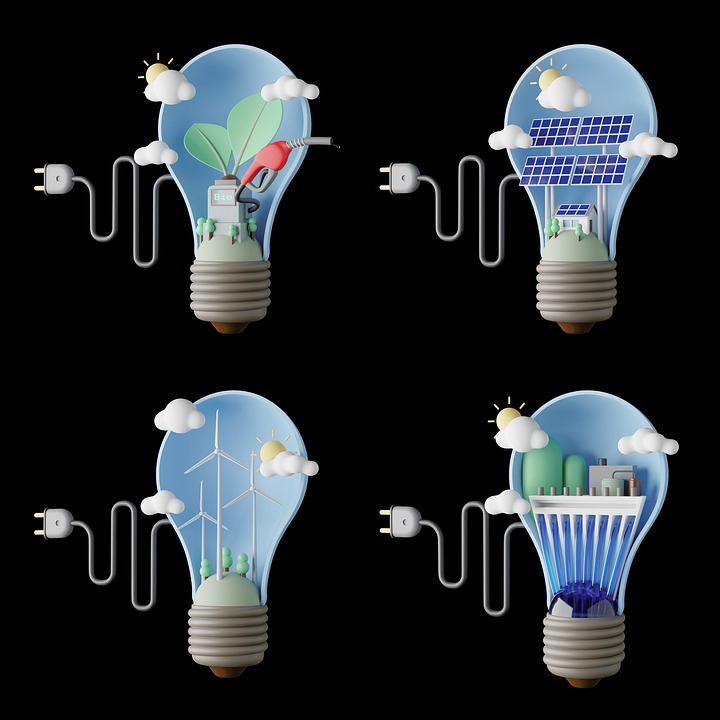Unleashing Earth’s Power: The Rise of Geothermal Energy
Geothermal energy has been gaining momentum as a sustainable and reliable source of power in recent years. Harnessing the heat from the Earth’s core, geothermal energy offers a clean and renewable alternative to traditional fossil fuels. In this article, we will explore the rise of geothermal energy, its benefits, and its potential to transform the way we power our world.
What is Geothermal Energy?
Geothermal energy is a form of renewable energy that comes from the heat stored beneath the Earth’s surface. This heat is generated by the decay of radioactive materials in the Earth’s core and is constantly replenished, making it an endless source of power. Geothermal energy can be harnessed through various methods, including geothermal power plants, geothermal heat pumps, and direct use applications.
The Benefits of Geothermal Energy
There are many benefits to using geothermal energy as a source of power. One of the main advantages is that it is a clean and renewable energy source, meaning it produces minimal greenhouse gas emissions and has a low environmental impact. Geothermal energy is also reliable and consistent, as the heat from the Earth’s core is always available, unlike solar or wind energy which can be intermittent. Additionally, geothermal energy can help reduce dependence on fossil fuels and promote energy independence.
The Rise of Geothermal Energy
As the world continues to seek sustainable energy solutions, geothermal energy has been gaining traction as a viable option. Countries like Iceland, the United States, and Kenya have already made significant investments in geothermal power plants and are reaping the benefits of this clean and reliable energy source. The global geothermal energy market is expected to grow at a steady pace in the coming years, as more countries recognize the potential of geothermal energy to meet their energy needs.
How Geothermal Energy Works
Geothermal power plants work by drilling deep into the Earth’s crust to access hot water and steam trapped beneath the surface. This hot water and steam are then used to drive turbines, which generate electricity. Geothermal heat pumps, on the other hand, use the constant temperature of the Earth to heat and cool buildings. These systems circulate a fluid through underground pipes to transfer heat to or from the ground, providing a sustainable and efficient way to heat and cool homes and buildings.
The Future of Geothermal Energy
As the demand for clean and renewable energy continues to grow, geothermal energy is poised to play a key role in the future of energy production. Advances in technology and increased investment in geothermal projects are making this form of energy more accessible and cost-effective. With its many benefits and potential to reduce greenhouse gas emissions, geothermal energy has the power to transform the way we power our world.
Conclusion
Geothermal energy offers a sustainable and reliable alternative to traditional fossil fuels, with numerous benefits for the environment and energy security. As the world continues to shift towards cleaner energy sources, geothermal energy is set to play a crucial role in meeting our energy needs. By harnessing the Earth’s natural heat, we can unleash a powerful and renewable source of energy that has the potential to transform the way we power our world.
Overall, the rise of geothermal energy represents a significant step towards a more sustainable and environmentally friendly future. With its many benefits and potential for growth, geothermal energy is a key player in the transition to a cleaner and more sustainable energy system.












